Overview of Algorithmic Trading
- Amruta Bhaskar
- Jul 19, 2021
- 2 comment(s)
- 5240 Views
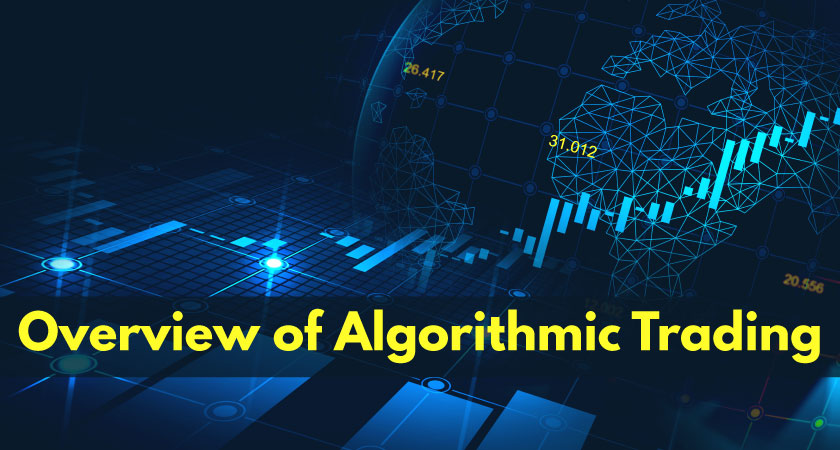
Algorithmic trading is a process for executing orders utilizing automated and pre-programmed trading instructions to account for variables such as price, timing and volume. An algorithm is a set of directions for solving a problem. Computer algorithms send small portions of the full order to the market over time.
Algorithmic trading makes use of complex formulas, combined with mathematical models and human oversight, to make decisions to buy or sell financial securities on an exchange. Algorithmic traders often make use of high-frequency trading technology, which can enable a firm to make tens of thousands of trades per second. Algorithmic trading can be used in a wide variety of situations including order execution, arbitrage, and trend trading strategies.
The use of algorithms in trading increased after computerized trading systems were introduced in American financial markets during the 1970s. In 1976, the New York Stock Exchange introduced the Designated Order Turnaround (DOT) system for routing orders from traders to specialists on the exchange floor. In the following decades, exchanges enhanced their abilities to accept electronic trading and by 2009, upwards of 60 percent of all trades in the U.S. were executed by computers.
Why use algorithmic trading?
- Remove human error
Trade without letting emotions get in the way of realizing profits or cutting losses
- Capitalize on rare or special events
Create algorithms to act on infrequent events such as the Dow closing 500 below its 20-day moving average
- Supplement your existing strategy
Use algorithms to finely tune risk management in your trading strategy, implementing stops and limits on your behalf
- Low maintenance
Set your algorithms up and let them trade around your schedule, 24 hours, day or night
- Backtest
Backtest and refine your algorithms against historical data, to establish the best combination of parameters to buy or sell
· What are the main algorithmic trading strategies?
There are three main types of algorithmic trading strategies available to you. These are strategies that you can use when building and refining your algorithms, or they can be strategies that you want your off-the-shelf algorithms to be able to implement.
- Price action strategy
A price action algorithmic trading strategy will look at previous open and close or high and low points on a candlestick chart and the algorithm would trigger a buy or sell order if similar levels were achieved in the future. You could, for example, create an algorithm to enter buy or sell orders if the price moves above point X, or if the price falls below point Y. This is a popular algorithm with scalpers who want to make a series of quick but small profits throughout the day on highly volatile markets – a process known as high-frequency trading (HFT).
To create a price action trading algorithm, you’ll need to assess whether and when you want to go long or short. You’ll also need to consider measures to help you manage your risks, such as stops – including trailing and guaranteed stops – and limits.
You can configure a price action trading algorithm according to the market, the time frame, the size of the trade and what time of day the algorithm should operate.
- Technical analysis strategy
A technical analysis algorithmic trading strategy is concerned with technical indicators such as Bollinger bands, stochastic oscillators, MACD, the relative strength index and many more. With this strategy, you’d create an algorithm to act on the parameters of these indicators, such as closing a position when volatility levels spike. Aside from the ones mentioned here, you can also build indicators yourself on platforms such as ProRealTime.
To create a technical analysis strategy, you’ll need to research and be comfortable using different technical indicators. For example, you can create algorithms based on Bollinger bands to open or close trades during highly volatile times. Whether you open or close depends on your attitude to risk, and whether you have a long or short position in a rising or falling market.
With a technical analysis strategy, you’re less focused on price and more interested in using indicators or a combination of indicators to trigger your buy and sell orders.
- Combination strategy
A combination algorithmic trading strategy uses both price action, and technical analysis, to confirm suspicions about price action by analysing charts with indicators. Algorithms can then enter buy or sell orders based on this information.
To create a combination trading strategy, you’ll need to carry out analysis of price action on an underlying market. This means having an understanding of different technical indicators and what they tell you about an asset’s previous price movements.
In a combination strategy, you’ll need to establish whether you want to go long or short, and at what time you want the algorithm to trade. You can configure a combination strategy according to the market, the time frame, the size of the trade and the different indicators that the algorithm is designed to use.
- Trend-following Strategies
The most common algorithmic trading strategies follow trends in moving averages, channel breakouts, price level movements, and related technical indicators. These are the easiest and simplest strategies to implement through algorithmic trading because these strategies do not involve making any predictions or price forecasts. Trades are initiated based on the occurrence of desirable trends, which are easy and straightforward to implement through algorithms without getting into the complexity of predictive analysis. Using 50- and 200-day moving averages are a popular trend-following strategy.
- Arbitrage Opportunities
Buying a dual-listed stock at a lower price in one market and simultaneously selling it at a higher price in another market offers the price differential as risk-free profit or arbitrage. The same operation can be replicated for stocks vs. futures instruments as price differentials do exist from time to time. Implementing an algorithm to identify such price differentials and placing the orders efficiently allows profitable opportunities.
- Index Fund Rebalancing
Index funds have defined periods of rebalancing to bring their holdings to par with their respective benchmark indices. This creates profitable opportunities for algorithmic traders, who capitalize on expected trades that offer 20 to 80 basis points profits depending on the number of stocks in the index fund just before index fund rebalancing. Such trades are initiated via algorithmic trading systems for timely execution and the best prices.
- Mathematical Model-based Strategies
Proven mathematical models, like the delta-neutral trading strategy, allow trading on a combination of options and the underlying security. (Delta neutral is a portfolio strategy consisting of multiple positions with offsetting positive and negative deltas—a ratio comparing the change in the price of an asset, usually marketable security, to the corresponding change in the price of its derivative—so that the overall delta of the assets in question totals zero.)
- Trading Range (Mean Reversion)
Mean reversion strategy is based on the concept that the high and low prices of an asset are a temporary phenomenon that reverts to their mean value (average value) periodically. Identifying and defining a price range and implementing an algorithm based on it allows trades to be placed automatically when the price of an asset breaks in and out of its defined range.
- Volume-weighted Average Price (VWAP)
Volume-weighted average price strategy breaks up a large order and releases dynamically determined smaller chunks of the order to the market using stock-specific historical volume profiles. The aim is to execute the order close to the volume-weighted average price (VWAP).
- Time Weighted Average Price (TWAP)
Time-weighted average price strategy breaks up a large order and releases dynamically determined smaller chunks of the order to the market using evenly divided time slots between a start and end time. The aim is to execute the order close to the average price between the start and end times thereby minimizing market impact.
- Percentage of Volume (POV)
Until the trade order is filled, this algorithm continues sending partial orders according to the defined participation ratio and according to the volume traded in the markets. The related “steps strategy” sends orders at a user-defined percentage of market volumes and increases or decreases this participation rate when the stock price reaches user-defined levels.
- Implementation Shortfall
The implementation shortfall strategy aims at minimizing the execution cost of an order by trading off the real-time market, thereby saving on the cost of the order and benefiting from the opportunity cost of delayed execution. The strategy will increase the targeted participation rate when the stock price moves favourably and decrease it when the stock price moves adversely.
Algorithmic trading is mainly used by institutional investors and big brokerage houses to cut down on costs associated with trading. According to research, algorithmic trading is especially beneficial for large order sizes that may comprise as much as 10% of the overall trading volume. Typically market makers use algorithmic trades to create liquidity.
Algorithmic trading also allows for faster and easier execution of orders, making it attractive for exchanges. In turn, this means that traders and investors can quickly book profits off small changes in price. The scalping trading strategy commonly employs algorithms because it involves rapid buying and selling of securities at small price increments.
The speed of order execution, an advantage in ordinary circumstances, can become a problem when several orders are executed simultaneously without human intervention. The flash crash of 2010 has been blamed on algorithmic trading.
Another disadvantage of algorithmic trades is that liquidity, which is created through rapid buy and sell orders, can disappear in a moment, eliminating the change for traders to profit off-price changes. It can also lead to instant loss of liquidity. Research has uncovered that algorithmic trading was a major factor in causing a loss of liquidity in currency markets after the Swiss franc discontinued its Euro peg in 2015.

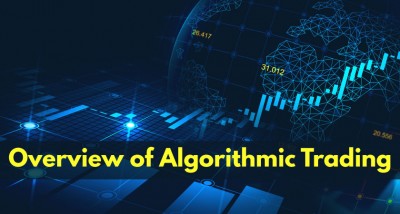


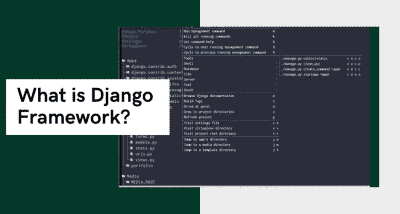
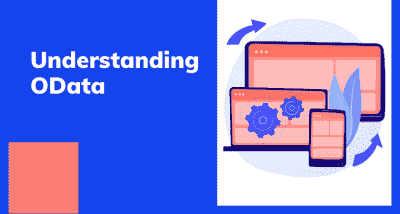



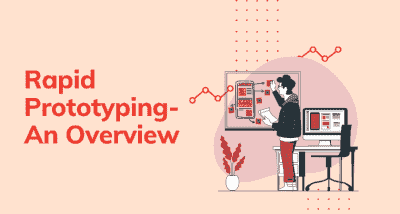





April 1, 2022 | SkillRary SR
April 19, 2024 | david williamosn